At Sol’s HQ in Cape Town, urban gardening is something close to our hearts and a key part of what we do on a daily basis. With Garden Day coming up on Sunday 17 October in South Africa, it’s sharpened our focus and desire to talk about growing food at home and how simple a project it is to pursue. On a micro level, it’s easier than you think to grow delicious fruit and veg at home, and sharing it with others is even more rewarding.
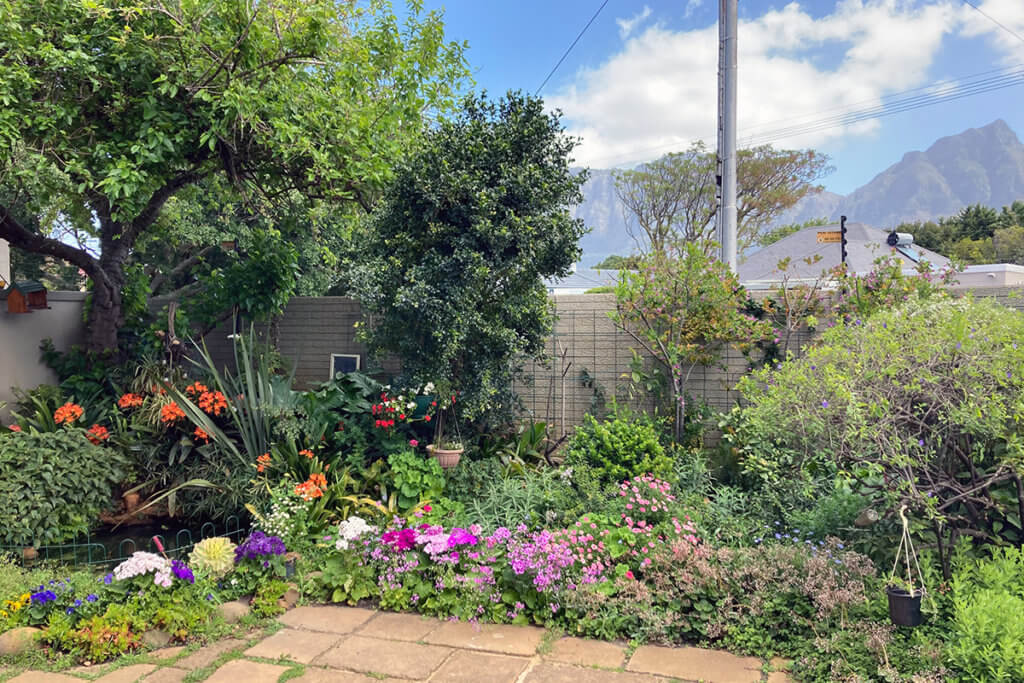
We’ve also got a first-hand account from Chef Sol himself, who discusses the things he grows and how we use them in our products. He also goes into detail about what works and what doesn’t work, because urban gardening isn’t an exact science, with quite a few challenges to overcome along the way. Let’s get into it.
Urban Gardening with Sol’s Foods
- Chef Sol’s urban gardening journey: In his words
- The best bounty from Sol’s urban garden
- Who is the Cabbage Bandit?
- What are some urban gardening initiatives I can join?
Chef Sol’s urban gardening journey: In his words
I wouldn’t say that I am a good gardener or accomplished “urban farmer” by any stretch of the imagination, but whatever I have learned has mostly been borne out of a personal necessity as a chef to acquire a greater understanding as to where and how our food originates. Its provenance. That knowledge I have gleaned, combined with a few household tips lovingly handed down by my mother, has given me a small insight into how everything is connected. What I will say is that I enjoy it thoroughly and find it to be one of the most rewarding things I spend my time doing.
My foray into this wonderful world started with the most basic of practices; growing herbs. This is probably the most accessible option to any culinary enthusiast who wants not only a fresh and convenient source of greens to flavour all of our creation but also a desire to learn more about growing food. Once I had a better understanding of the basics, I moved on to some more traditional veggies like carrots, tomatoes, onions, turnips, radishes and cabbages. This is not an easy step to take, and there are a lot of things that can go wrong, and this has the potential to be disheartening.
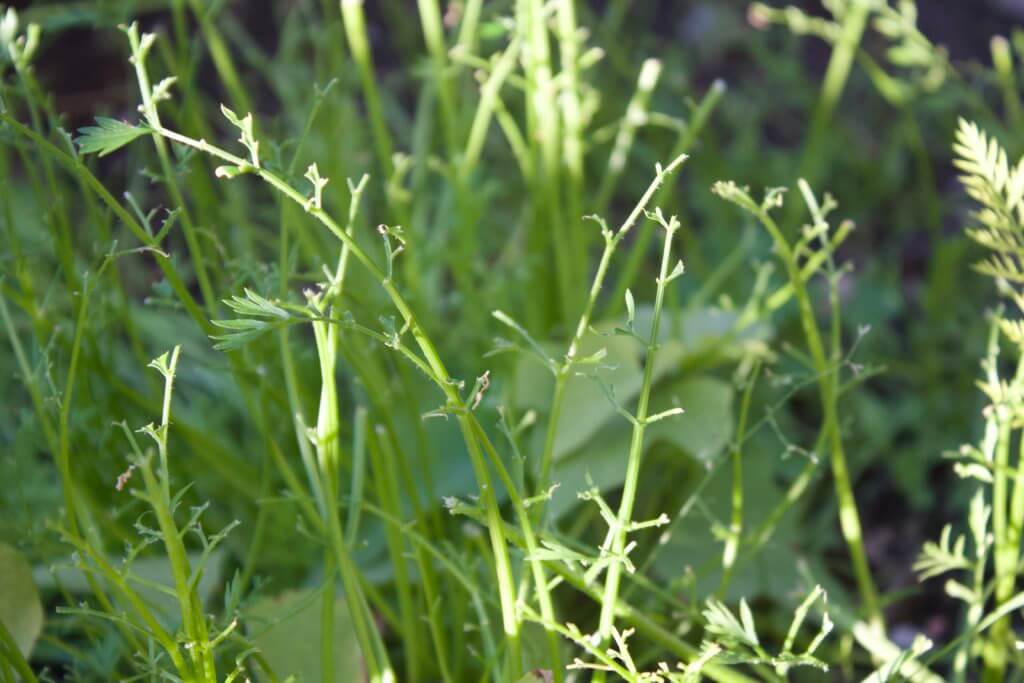
I learned to surrender and accept that all of this is part of the process and spurred me on to a new quest: understanding the workings of soil and starting to incorporate composting and regenerative techniques into my repertoire. With time I started to understand the seasons better, the soil and the water cycle (both natural and fabricated). I began to learn about different heirloom varieties and realise how broad the world of plant-based foods actually is, and what we see from the narrow lens of a mass-produced grocery store produce aisle is merely the tip of the iceberg. As a chef, an understanding of foraging and what grows out in the wild forest or veld is a valuable trait, but it also gears one towards a better understanding of how flora, fauna and the world of mycology are interconnected. This too has been part of my journey and I’ve been fortunate to work at some glorious wild and wonderful remote natural locations over the years, allowing me to cultivate this skill.
As one delves deeper and experiments further, one’s own gardening philosophies start to develop, utilising permaculture and micro-ecologies to sustain and facilitate life. Caretaking mycorrhizal and mycelial networks to ensure nutritional distribution on a subterranean level, and to research and then facilitate remedies and cures which have been passed down through the generations to protect growth and life, instead of destroying it with chemicals that only genetically modified crops can withstand.
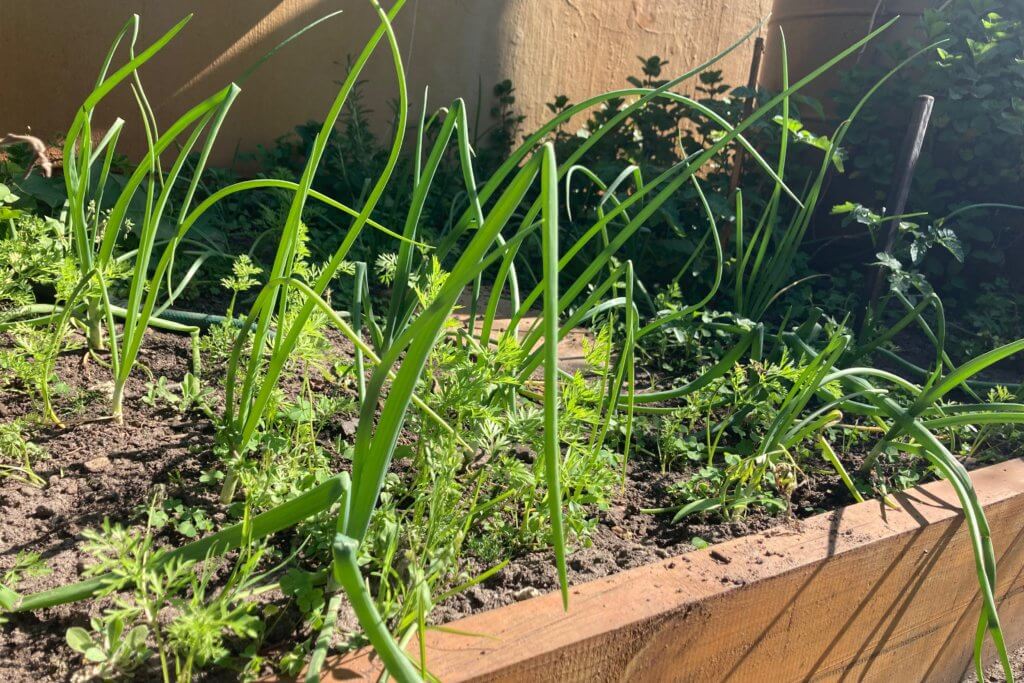
My first nugget of advice is that gardening, especially with the growing of food, is something that requires small amounts of consistent effort instead of trying to get everything done in one afternoon. As with the caretaking of all life, attentiveness is required. Many people bandy about the term green-fingered as if that is something you either have or you don’t. Perhaps one may not be attentive to the needs of the plants being grown, but at the end of the day, that is a choice and not a pre-disposed trait inherent to us. It is through consistent work, care and passion that we achieve results. Don’t let anybody tell you differently. I will vouch that this consistency helps to foster intuition, as you start to get a better natural feel for what the plants and soil need, but that can only develop by being present.
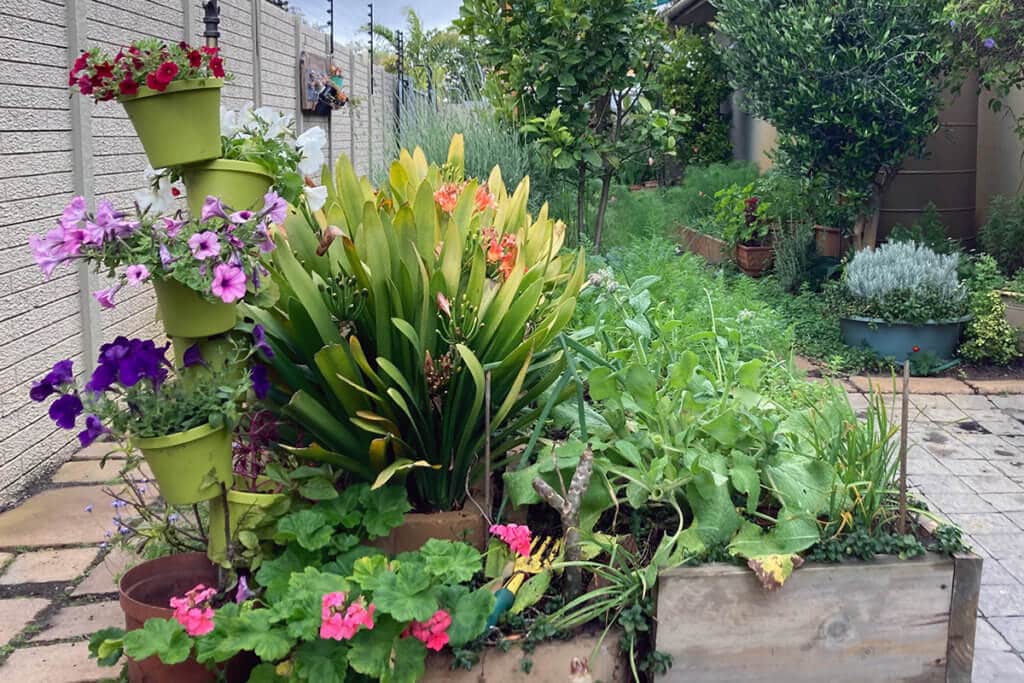
Secondly, understand that to grow fruits, vegetables and herbs you do not need to create a farm in your back garden. Yes, you’ll have to deal with the eagerness to overturn your entire garden once the urban farming bug bites, but this is not a prerequisite. One of the most important lessons I’ve learnt over the years is that to produce a harvest that’s worthwhile, one does not need vast amounts of space, merely the understanding of how best to utilize that space. In some scenarios, having no space is even a viable option, you can grow almost anything in a pot on a windowsill if you understand its needs. In addition to this, not all vegetables are aesthetically unpleasing and there are no rules about mixing them amongst your flowering garden. It is shown that this practice of permaculture is actually a more effective way of growing things. So in this instance, you can have your cake and eat it.
These are some good guiding pillars to get started. The most important knowledge I have is that I know I will fail, things will happen that are out of my control, often at the most inopportune times, but there’s always a lesson and there’s always next season. The work: reward ratio is often a bit skewed, but don’t lose hope, because small wins in the garden can be some of the most rewarding victories.
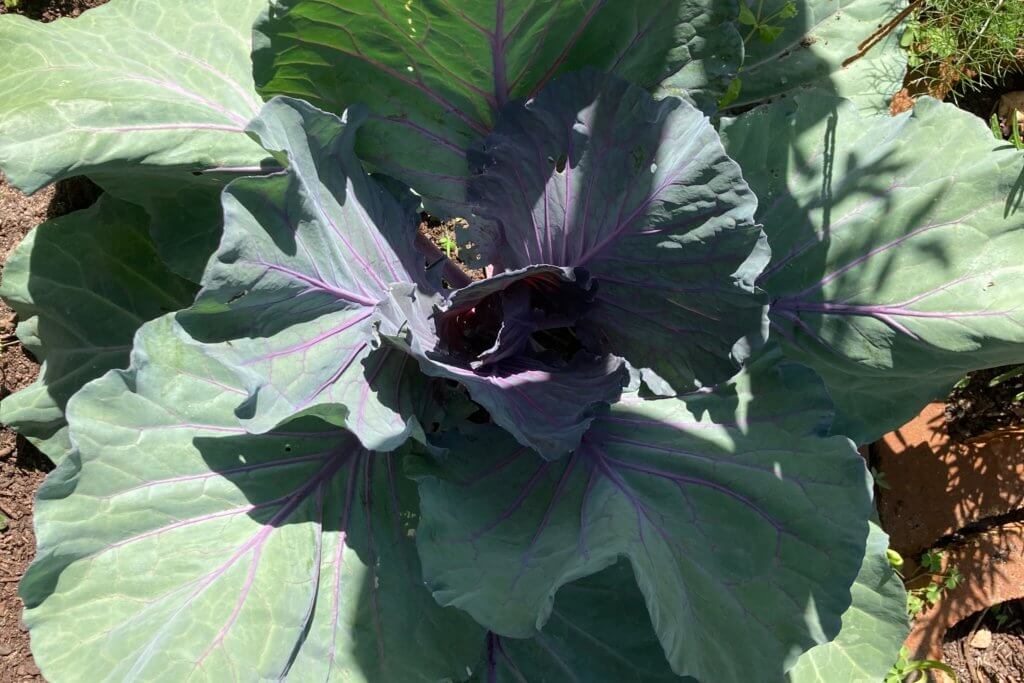
Sol’s urban gardening top tips
So, where to begin? Taking care of the soil and understanding how the light falls in your garden and how this is affected by the seasons is just the start. Here are some pointers to get you started on your own journey, many of which I wish I had known at the beginning of it all:
- Plant with the seasons. What you sow today you reap tomorrow. Fruits and vegetables certainly don’t grow overnight and they require some planning to ensure they are reared in favourable conditions.
- Raised beds create superior drainage and are advantageous to the growing of pretty much all vegetables. This forces the roots downwards in search of moisture and therefore makes for a better, stronger plant. Plants which sit in water drown and die off very quickly. It also prevents interference from a lot of subterranean dwelling critters like moles. If you can, try to facilitate this.
- Grow from seed and let your plants go to seed. I have lettuce, fennel and a variety of produce popping up all over when they are in season. This is purely owing to letting the plants follow their natural course. Not only that, but seeds can be harvested and dried for use in the kitchen.
- We share the earth with many creatures, so when you grow, there are some you hate and some that you love. Facilitate an environment where you encourage pollinators to visit and only ward off unwanted guests using natural and unharmful techniques. Always keep in mind – what you put into your soil, you put into your produce and then into your body. Be ready for pests and disease, these things are inevitable, and if you are only growing for your own personal use, spare a thought for our farmers who can lose crops and their welfare overnight.
- Know your space. If the garden only receives a specific amount of light or has a special type of soil, it will be suited to growing items which find those conditions favourable. A little bit of research can go a long way with finding the right fit. Most seed packs have directions as to what/when are the most suited environments, and most nurseries will have someone in the know offering advice as to when you should plant various seedlings.
- Don’t be afraid to ask for help. A couple of failures will keep you grounded and alert you to some valuable facts and lessons very quickly, There are people who’ve been doing it a lot longer than you and know a thing or two about growing, so feed off their knowledge. The internet is massively helpful with loads of info to help you diagnose different ailments or problems befalling your plants.
- Composting is integral. Not only is it a way to more efficiently utilise the earth’s abundance and reduce our overall individual waste, it also brings countless nutrients back into your garden at minimal cost. Keep your compost clean and free of cooked foods, meats or animal waste and fat. These items will attract a host of unwanted creatures. There are a variety of different composting systems to follow. Whatever you choose, you will start to see positive results in your garden within half a year, guaranteed.
- Don’t do too much! The more you dig up and work the soil, the more you intefere with moisture, nutrient and fungal networks running through the ground. Certain “weeds” such as chickweed and wood sorrel actually help to restore nitrogen to the soil, so unless they are cramping the style of your other veggies too much, let them be. Overwatering can be a killer just as much as drought. Learn what the plants and soil need for specific growing conditions and adhere to that.
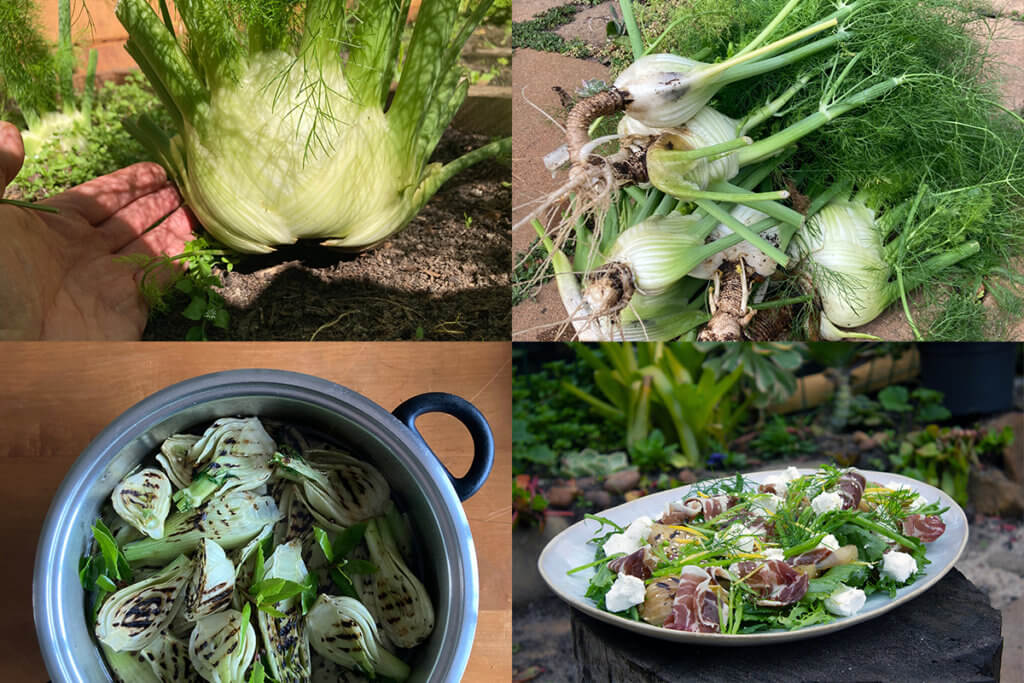
The best bounty from Sol’s urban garden
There’s space for a quick humble brag. At Sol’s HQ garden we’ve got everything from sweet potato, carrot, onion and Jerusalem artichokes underground, red cabbage, fennel, heirloom tomatoes and blueberries above it, with trees of lemon, avocado, mulberry and olives. I make use of a myriad of herbs and produce as the foundation of many of Sol’s products, doing so in quite a modest space. Urban gardens can produce so many positive things, both tangible and intangible. If you’re considering starting your own veggie patch, start small, and just like your garden, your love of growing your own food will grow.
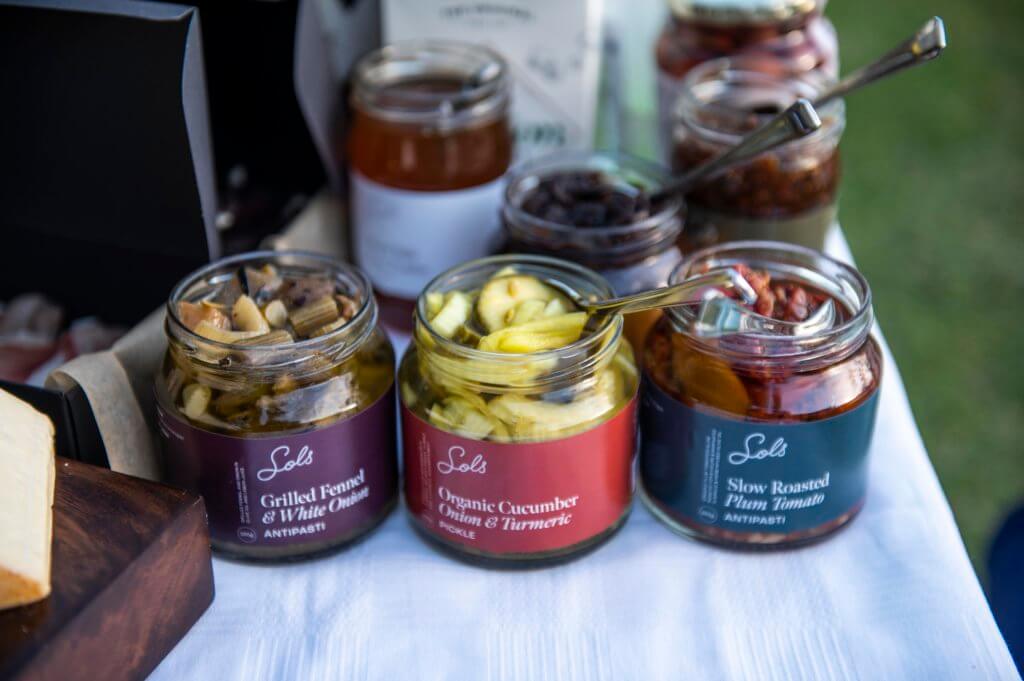
Who is the Cabbage Bandit?
The so-called “Cabbage Bandit” – Tshwane resident Djo BaNkuna – became an instant hero last month when he defied police after they fined him for planting vegetables on the pavement in front of his house. 47-year-old businessman BaNkuna started growing the vegetables three years ago. He said when he grabbed the 600 square metres of overgrown street pavement and planted food, his neighbours started laughing, thinking that he had gone mad.
Read more about the Cabbage Bandit via IOL.
What are some urban gardening initiatives I can join?
The Cabbage Bandit isn’t the only trailblazer in South Africa’s urban gardening landscape. Creating Eden is an initiative very much in the vein of what the Cabbage Bandit is doing, where they invite South Africans to start their own pavement gardens by following a few easy steps and joining a great movement. NoLandFarming is of particular interest if you have fruit trees. And then there’s Street Scapes – an organisation in Cape Town that is building inner-city vegetable gardens to create small income streams for the homeless. These are all tangible projects where you can get your hands dirty, lend some support and have a lot of fun doing so.
The more individuals that get involved in urban gardening and understanding that we are all connected and share the same bounty, the better. Please hit us up with any urban gardening tips or if any of these have been helpful for you!

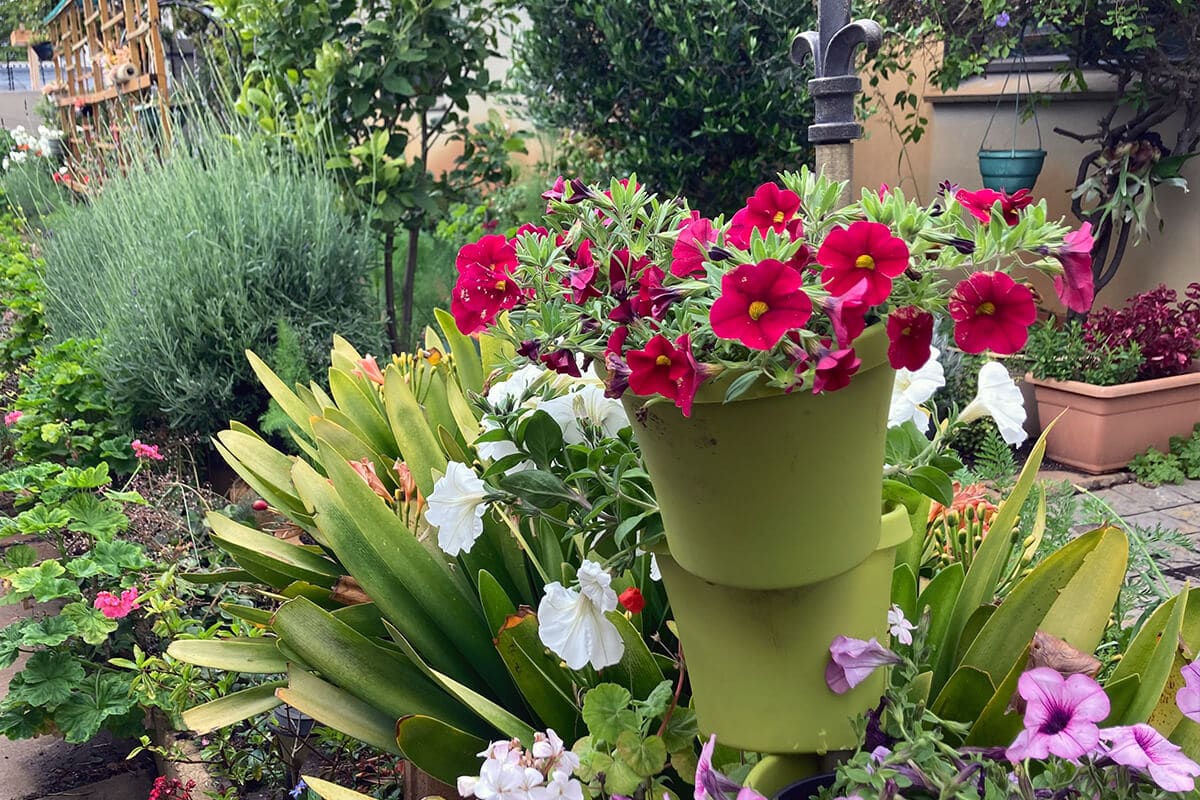
As I live in a retirement complex & have for 26 years i find your story very informative for the younger generation & the under privileged who could always find something. A discarded flower pot from the ladies who search the rubbish dumps for articles of use for recycling etc.
Making of compost from vegetable peelings & fallen leaves, easily done in a black plastic bag.
If you have the space, a small worm box is the answer for the entire use of their products. Can be looked up on Google. You would never have to buy chemical fertilizers again.
I have in my small piece of garden now planted spinach & herbs amongst my flowers. M’s Gran